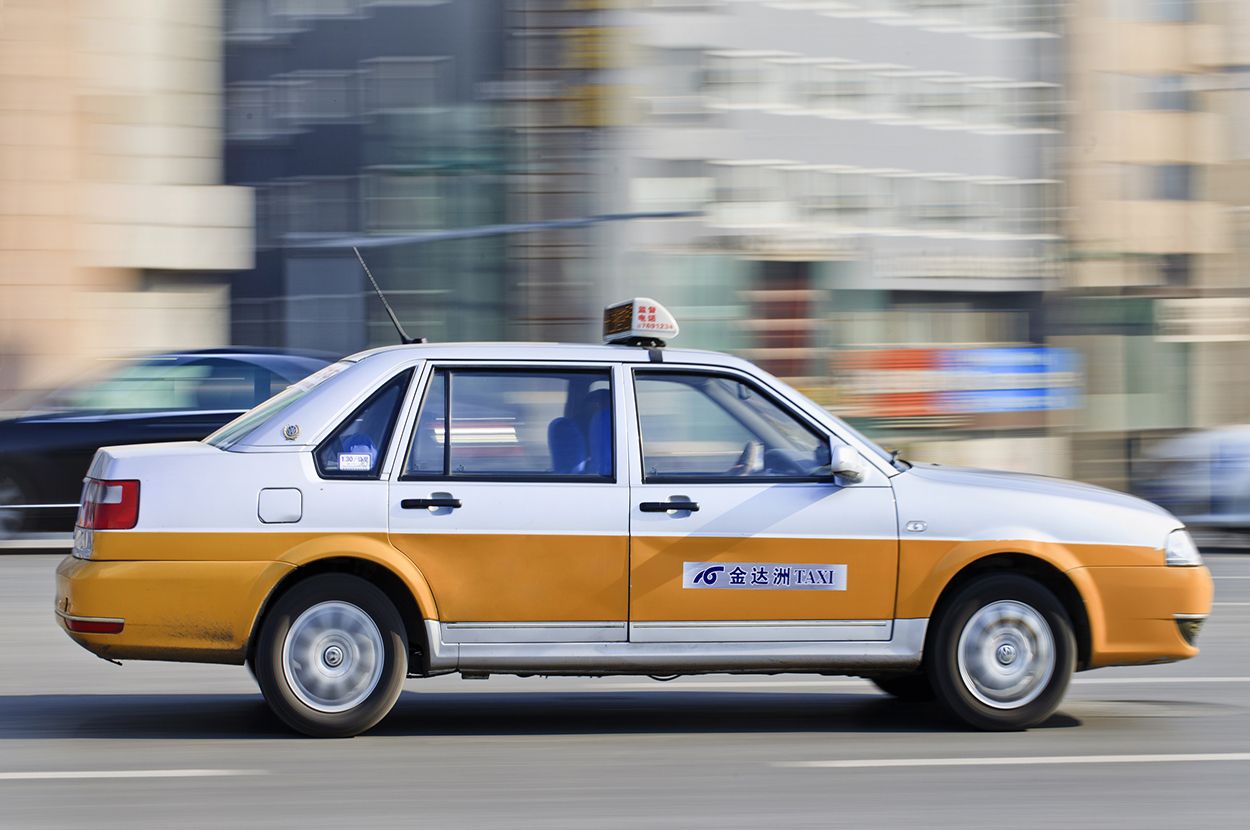
Through a series of recent moves, China is likely to maintain its dominant position as the biggest ride-share market by revenue in the world ahead of US, Germany and Japan.
Kumar S
China is on track to generate USD 26.6 billion in revenue with 273.5 million people using ride-share apps. Japan is pegged at a distant second in terms of revenue contribution at 1.1 billion. India will be the third largest market in the world, in ridership terms, with 50.8 million people projected to use ride-share apps by 2021.
According to a report by Tech Sci Research, the Indian taxi market is likely to grow at a Compound Annual Growth Rate of 13.7% during 2017–2022 to reach USD 14.3 billion. The surge in demand is due to rising disposable incomes even in Tier-1 and Tier-2 cities, making India a very dynamic market.
Another 2017 report by straittimes.com, says ride-share services reached USD 5.1 billion in gross merchandise value by the end of the 2017 which was more than double the amount in 2015.
The straittimes.com published a finding by Google and Singapore-based investment company –Temasek – that predicted a higher integration between the ride-hailing services and e-commerce, taking Southeast Asia’s internet economy over USD 200 billion by 2025.
If this is an indicator, the Asian continent is gearing-up to witness a staggering growth in ride-hailing services in the next 3-4 years.
The reason for this optimism is the growing consumer demand and attractive opportunities for the drivers to earn good money, providing a viable job option.
Industry trends
Consumer preferences have shifted from car ownership towards easy, affordable and safe transportation solutions. This trend started a few years ago, with consumers opting for taxi services. It just exploded significantly post the advent of app-based ride-share services.
With technology companies taking centerstage, innovations will drive the global app-based taxi industry. The trickledown effect is likely to be seen in the Asian ride-share markets. One of the innovations that may be a centerpiece of this innovation revolution is the introduction of autonomous taxis. There is still some time for it to go mainstream, but the industry is surely heading in this direction.
Around 1.4 million people die every year in auto accidents world-wide. The car industry argues that introduction of autonomous cars will bring car mortality rates down significantly. Some sources claim that autonomous cars would displace around 6.2 million drivers.
Major industry players are working towards getting autonomous cars on the road. While US-based ride hailing service, Lyft has teamed up with General Motors and Google’s Waymo, Uber is collaborating with Daimler.
Most ride-share services operating in the Asian markets, be it Uber, Indian ride-hailing service Ola or Grab are offering pooling or sharing services to deal with growing user numbers and for maximizing resource utilization. Grab has introduced GrabShuttle to move people in larger groups in Singapore and Indonesia.
The companies are also offering incentives like reward points and queue cutting facilities (priority bookings) to keep customers hooked to their services.
Ride-sharing services are also working towards integrating public transport systems with their services and we may see the public transport systems connecting to cab aggregators, sooner than later...
...to read more, visit https://indvstrvs.com/china-set-to-dominate-ride-share-market/